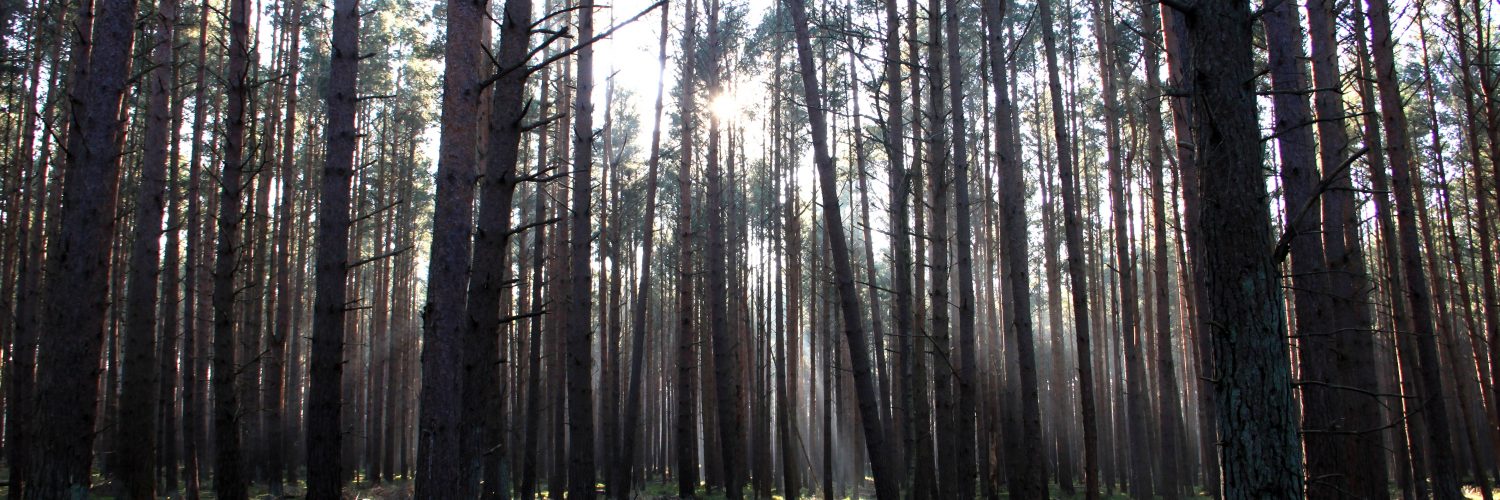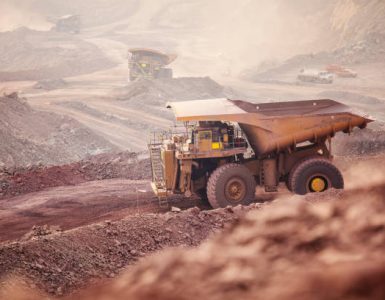Arizona Public Service is interested in generating renewable energy from burning forest tinder and debris, called biomass, to reduce wildfire risk in the state.
The utility submitted a letter to the Arizona Corporation Commission (ACC) last month outlining its intent to study the feasibility of converting part of one of its coal plants in Northern Arizona to use for biomass energy.
With the longest contiguous ponderosa pine forest in the world, northern Arizona is a prime location for biomass facilities. Biomass is the only renewable energy source that can be converted into liquid biofuels such as ethanol and biodiesel. Unlike fossil fuels that take millions of years to form, biomass can be regrown quickly.
State regulators wooing biomass industry
Last year, the Arizona Corporation Commission (ACC) adopted a policy to increase biomass energy in the state to reduce the threat of forest fires and attract biomass facilities here.
Arizona has about one million acres of dry forest that needs to be cleared out. Currently, there is only one biomass plant, NovoBio, in Snowflake.
In response, APS is analyzing the cost of burning biomass at its Cholla coal plant near Joseph City, said Barbara Lockwood, vice president of regulation for the utility, in a letter to the ACC last month.
“A conversion at Cholla would ultimately assist in forest thinning, thereby reducing wildfire potential, ensuring forest health, and protecting our watersheds,” Lockwood said.
Transitioning coal plant for renewable energy
APS is seeking alternate uses for the Cholla Power Plant that is scheduled for closure in 2025.
If its analysis determines that converting Cholla to burn biomass is more cost-effective than other alternatives, the company will move forward on the project with the approval of state regulators, the letter states.
“We are looking at all of the issues related to potentially converting the generating unit from coal to biomass and certainly looking at the environmental impact, too,” said Suzanne Trevino, spokesperson for APS.
A retrofit of a Cholla unit would not only maintain the facility’s viability but would also protect local jobs, Trevino said.
Last year, the corporation commission adopted a policy calling for 60 MW of biomass generation from regulated utilities in the state.
Under APS’ proposal, it would convert one 117 megawatt (MW) coal-fired unit at its Cholla plant to produce up to 70 or 80 MW from biomass.
A conversion of the plant would require the utility to issue a request for proposals and cooperation to transport the forest debris to the facility.
“Our approach contemplates contracting with third party suppliers who would harvest and deliver the biomass feedstock to the power plant,” Lockwood said.
Converting a Cholla unit would require a capital investment with APS owning and operating the facility. APS could potentially sell some of the output to other utilities.
APS expects to issue the results of the feasibility study to the ACC by May 20.
Arizona’s new biomass policy is part of a long term Energy Modernization Plan that the ACC is piecing together to ensure cleaner air and protection of water and forests. Initially proposed by Commissioner Andy Tobin, the plan calls for regulated utilities to produce 80 percent of their energy from renewable and clean sources by 2050. Currently, the state requires 15 percent from renewable sources by 2025.















Add comment